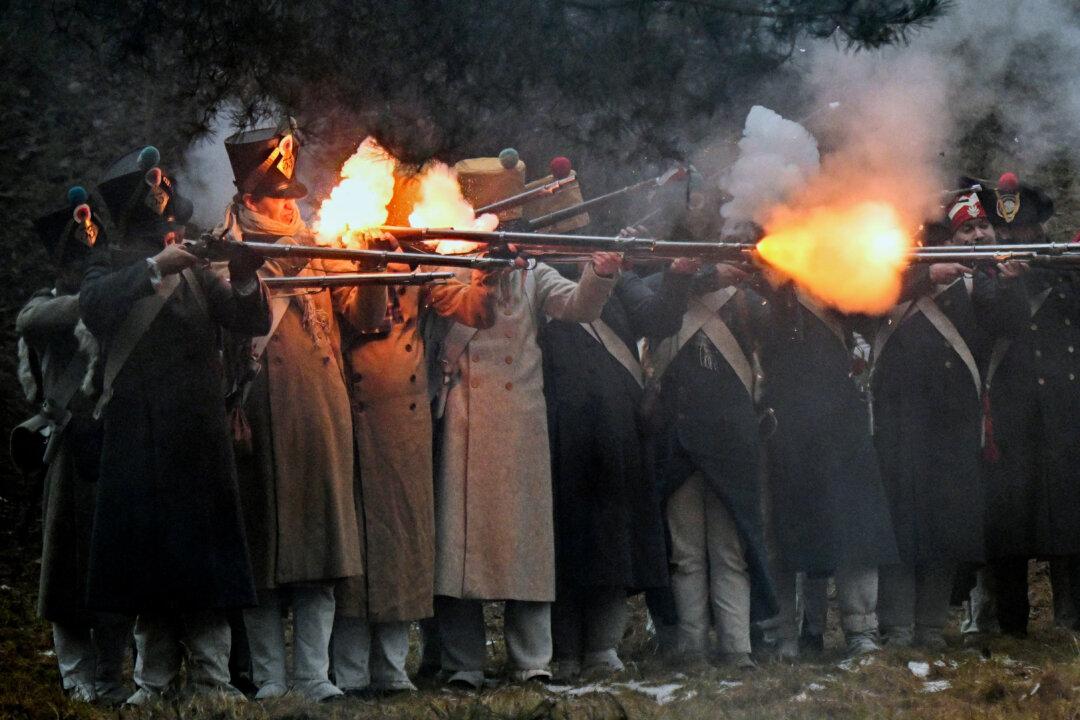Mankind invented calendars to keep track of time. The ancient Chinese calendar is probably among the most complicated calendar systems there are. It remains a mystery even to many Chinese people.
There are three types of calendar systems: solar, lunar, and solar-lunar calendars. A solar calendar uses the time it takes for the Earth to go round the Sun once as one year. The current solar calendar is the Gregorian calendar, established in year 1582, when Pope Gregory XIII reformed Julius Caesar’s calendar. A lunar calendar uses the time that it takes the Moon to go round the Earth as one month. A lunar year is about 11 days shorter than a solar year. The ancient Chinese calendar is a solar-lunar calendar. The months are set according to the cycles of the Moon, and the years are set according to the solar year. In order to match the months to the seasons, a leap month is created. The Chinese usually refer to the ancient Chinese calendar as the “lunar calendar.” It is also called the “agriculture calendar.”
The Sexagesimal Cycle
An important aspect of the Chinese calendar is the sexagenarian cycle. This is a combination of the 10 “heavenly stems”, tiān gān (天干), and the 12 “earthly branches”, dì zhī (地支).




